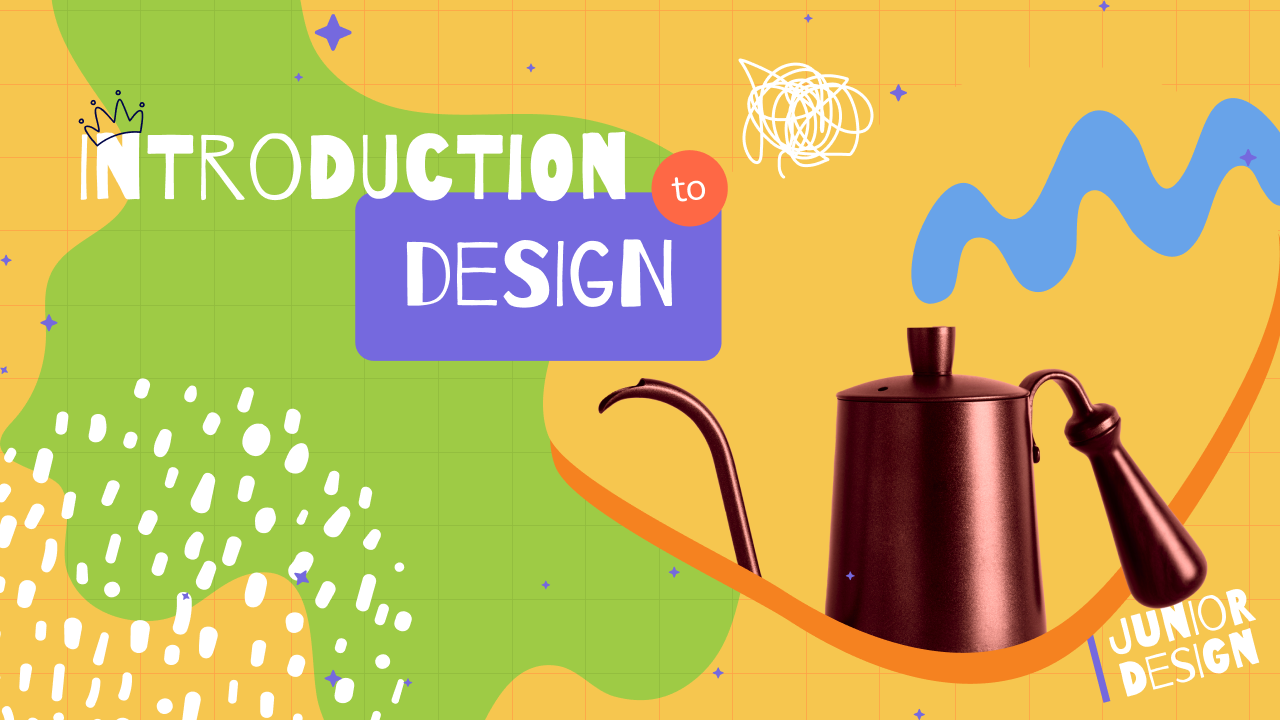Design Thinking, more than just a problem-solving methodology, is a real tool to train future creative leaders. In an era of increasing automation and artificial intelligence (AI), teaching children these skills prepares them to successfully navigate an ever-changing working world.
Design Thinking is not just a methodology for solving problems, but a training ground for developing skills that children can apply in every area of their lives. They learn to think critically, deal with uncertainty and handle complex problems with creativity and collaboration. These skills, as indicated by World Economic Forum research, will be essential to thrive in the future world of work.
The Design Thinking course follows five key stages: Empathising, Defining, Ideating, Prototyping and Testing. These stages not only help children structure their creative thinking, but also prepare them to become versatile problem solvers. If you want to learn more about the process, read our dedicated article: juniordesign.org/discovering-design-thinking/
Developing future skills through Design Thinking is a valuable investment for our children. Teaching them to think creatively, work in teams and solve complex problems not only prepares them for a successful future, but also makes them more aware of the world around them.
As educator and philosopher John Dewey said, ‘education is not preparation for life; it is life itself’. Teaching Design Thinking to children means helping them to live life to the full, preparing them to seize the challenges and opportunities of a rapidly changing world.


